 13 January 2020
New study shows a split Solar System that kickstarted growth of Jupiter
13 January 2020
New study shows a split Solar System that kickstarted growth of Jupiter
... giant planets are distinct from one another. Their hypothesis could also have implications for other protoplanetary disks that ALMA has observed too. A number of stars found by astronomers in the Taurus constellation are shown to feature...
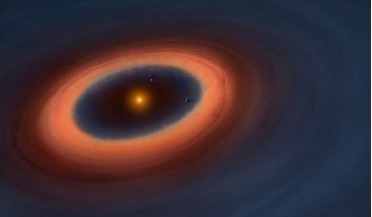 27 January 2016
Interaction between protoplanetary disks and planets confirmed by astronomers using ALMA
27 January 2016
Interaction between protoplanetary disks and planets confirmed by astronomers using ALMA
... ring is primarily made up of mm-sized dust particles. The interaction between several recently formed planets and the protoplanetary disk that still surrounds the star probably generate the dust ring observed by ALMA.nnel “The sharp...
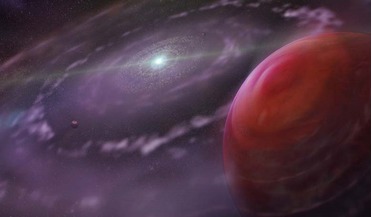 29 March 2016
To build super-Earths near host star 'dead zones' are required say researchers
29 March 2016
To build super-Earths near host star 'dead zones' are required say researchers
... the formation locations for these type of planets. Martin and Livio state that it is generally accepted that protoplanetary disks are not fully turbulent, but rather they contain a region of low turbulence, a dead zone and that...
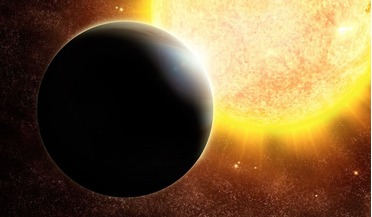 February 2016
How to Build Planets
February 2016
How to Build Planets
... to the reduced opacity of the remaining material, though not all holes are formed in this manner. Cavities in a protoplanetary disk are often seen as tantalising sites for planet formation, but growing particles from millimetre-sized grains...
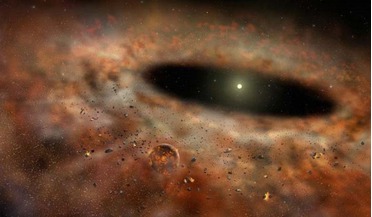 07 March 2016
Researchers show how water content in protoplanetary discs can affect planet formation
07 March 2016
Researchers show how water content in protoplanetary discs can affect planet formation
...is understood is that planets are ‘born’ in protoplanetary disks around an evolving protostar. These infant planetesimals grow ... and how these quantities affect the structure of a protoplanetary disk and in turn how this affects the formation and...
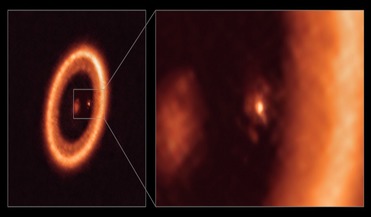 23 July 2021
Astronomers detect a disk where exoplanet moons could be forming
23 July 2021
Astronomers detect a disk where exoplanet moons could be forming
... pick out forming planets nearby. The array has already helped scientists see planets being “born” in protoplanetary disks around fledgling stars and now it has gone one better by detecting the presence of something much smaller...